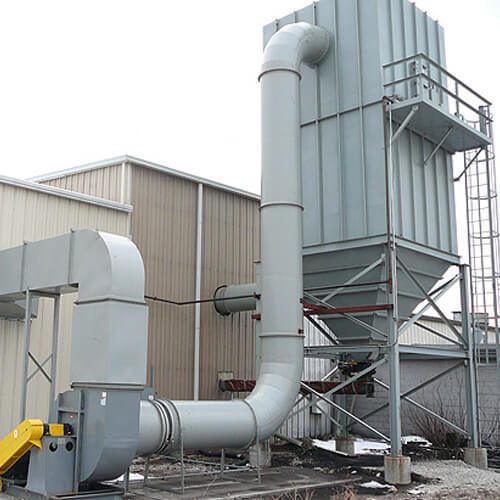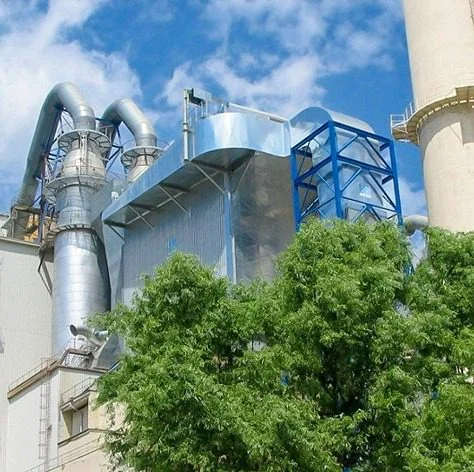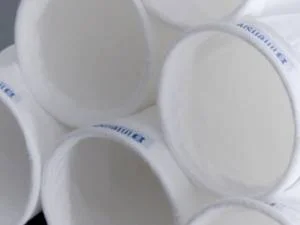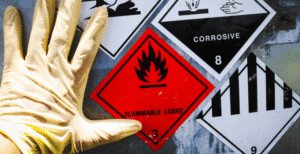Carbon filters play a crucial role in air and water purification, removing contaminants, odors, and harmful chemicals. Whether used in industrial, residential, or commercial settings, carbon filters require proper maintenance to ensure they function efficiently. Over time, these filters accumulate particles, dust, and pollutants, reducing their effectiveness. Regular carbon filter cleaning can extend their lifespan, improve performance, and reduce operational costs.
While some carbon filters are disposable, many high-quality filters are designed for reuse.
Proper cleaning and reactivation techniques can restore their absorption capabilities and prevent clogs, ensuring continuous filtration efficiency. This guide covers the importance of carbon filter maintenance, step-by-step cleaning processes, and best practices for prolonging their usability.

Why Carbon Filter Cleaning is Essential
Carbon filters trap pollutants through adsorption, a process where particles adhere to the activated carbon’s porous surface. As contaminants accumulate, the filter’s ability to capture impurities diminishes, leading to reduced air or water quality. Cleaning your carbon filter offers multiple benefits:
- Enhanced Efficiency: A clean filter ensures optimal adsorption of pollutants, improving air and water purification.
- Extended Lifespan: Regular maintenance prevents clogging, allowing filters to last longer before replacement is necessary.
- Cost Savings: Reusing and cleaning carbon filters reduces the need for frequent replacements, saving money in the long run.
- Better Air and Water Quality: Clean filters maintain effective removal of harmful chemicals, odors, and particulates.
Prevention of Mold and - Bacteria Growth: A dirty, clogged filter can become a breeding ground for microbes, compromising air and water safety.
Understanding when and how to clean a carbon filter depends on its application, type, and contamination level.
Connect with us Now
Types of Carbon Filters and Their Cleaning Methods
Carbon filters are widely used in different systems, including air purifiers, HVAC units, water filtration systems, and industrial applications. The cleaning method depends on whether the filter is designed for air or water filtration.
1. Cleaning Air Carbon Filters
Air carbon filters are commonly used in HVAC systems, air purifiers, industrial exhaust systems, and vehicle air filters. These filters trap dust, smoke, odors, and harmful gases. Cleaning them requires careful handling to preserve their structure.
How to Clean Air Carbon Filters:
- Remove the Filter: Turn off the air purifier or ventilation system and carefully detach the carbon filter.
- Shake Off Loose Debris: Gently tap the filter to remove dust and loose particles.
- Vacuum the Surface: Use a vacuum cleaner with a soft brush attachment to clean the filter’s surface.
- Rinse with Warm Water: If the filter is washable, rinse it under lukewarm water to remove embedded dirt. Avoid using soap or harsh chemicals.
- Soak in a Vinegar Solution: For deep cleaning, soak the filter in a solution of one part vinegar to three parts water for 30 minutes.
- Air Dry Completely: Place the filter in a well-ventilated area to dry completely before reinstalling.
- Reinstall and Test: Once dry, reinstall the filter in the air purifier or HVAC system and test for proper airflow.
Note: Not all air carbon filters are washable. Some require professional reactivation or replacement after prolonged use.
2. Cleaning Water Carbon Filters
Water carbon filters are used in drinking water systems, industrial water treatment, and aquariums. These filters remove chlorine, sediments, and harmful chemicals. Over time, they become saturated with impurities, requiring cleaning or replacement.
How to Clean Water Carbon Filters:
- Turn Off Water Supply: Shut off the water system before removing the filter to prevent leaks.
- Rinse the Filter with Water: Use clean water to flush out sediments and trapped particles.
- Soak in a Saltwater Solution: Prepare a solution of one cup of salt per gallon of water and soak the filter for 24 hours. This helps dislodge contaminants from the carbon pores.
- Scrub with a Soft Brush: Gently scrub the surface to remove any stubborn buildup.
- Rinse Thoroughly: After soaking, rinse the filter with fresh water to remove any salt residues.
- Dry and Reinstall: Allow the filter to dry before placing it back into the system.
- Flush the System: Run water through the system for a few minutes to clear out any remaining residues before using it again.
Note: Some water carbon filters are not designed for reuse. Always check the manufacturer’s guidelines before attempting to clean them.
Discover Our Range of Solutions:
Best Practices for Maintaining Carbon Filters
To ensure carbon filters function optimally for extended periods, regular maintenance and proper handling are essential. Here are key best practices:
- Check Manufacturer Guidelines: Always follow the recommended cleaning and maintenance instructions specific to your carbon filter model.
- Monitor Performance: Reduced airflow (in air filters) or slower filtration rates (in water filters) indicate it’s time for cleaning or replacement.
- Avoid Harsh Chemicals: Do not use soap, detergents, or strong cleaning agents, as they can damage the carbon structure and reduce its adsorption capacity.
- Clean Filters Regularly: Depending on usage, clean carbon filters every 1-3 months to maintain efficiency.
- Store Filters Properly: If not in use, store filters in a dry, cool place to prevent mold growth and contamination.
- Consider Professional Reactivation: Industrial-grade carbon filters may require thermal or chemical reactivation for prolonged use.
When to Replace a Carbon Filter Instead of Cleaning
Although cleaning can restore some filtration efficiency, carbon filters have a limited lifespan. Over time, their adsorption capacity diminishes, making cleaning less effective. Here are signs that indicate it’s time for a replacement:
- The filter remains dirty or clogged even after cleaning.
- Water filtration performance drops significantly, leaving an unpleasant taste or odor.
- Air filters no longer remove odors or dust effectively.
- The filter has exceeded its manufacturer-recommended usage limit.
- There are signs of mold or bacterial growth inside the filter.
For industries and businesses relying on large-scale carbon filtration systems, investing in high-quality carbon filters from trusted manufacturers like Intensiv Filter Himenviro ensures longer-lasting performance and cost savings.
Conclusion
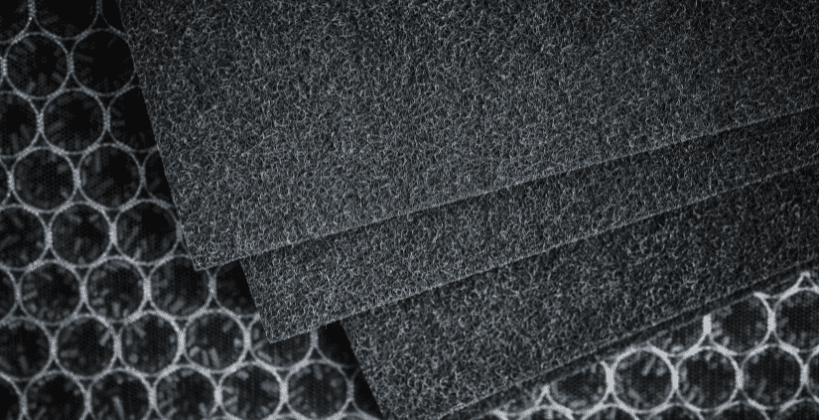
Carbon filter cleaning is essential for maintaining efficient air and water purification. Whether used in residential, commercial, or industrial applications, proper maintenance extends filter life, reduces replacement costs, and ensures consistent performance. While some filters can be cleaned and reused, others have a limited lifespan and must be replaced to maintain optimal filtration efficiency.
By following best cleaning practices and monitoring filter performance, users can maximize the benefits of carbon filtration systems. For industries requiring high-performance filtration, Intensiv Filter Himenviro offers advanced carbon filter solutions tailored to meet specific air and water purification needs. Regular maintenance and timely replacements are key to ensuring superior air and water quality in any environment.

